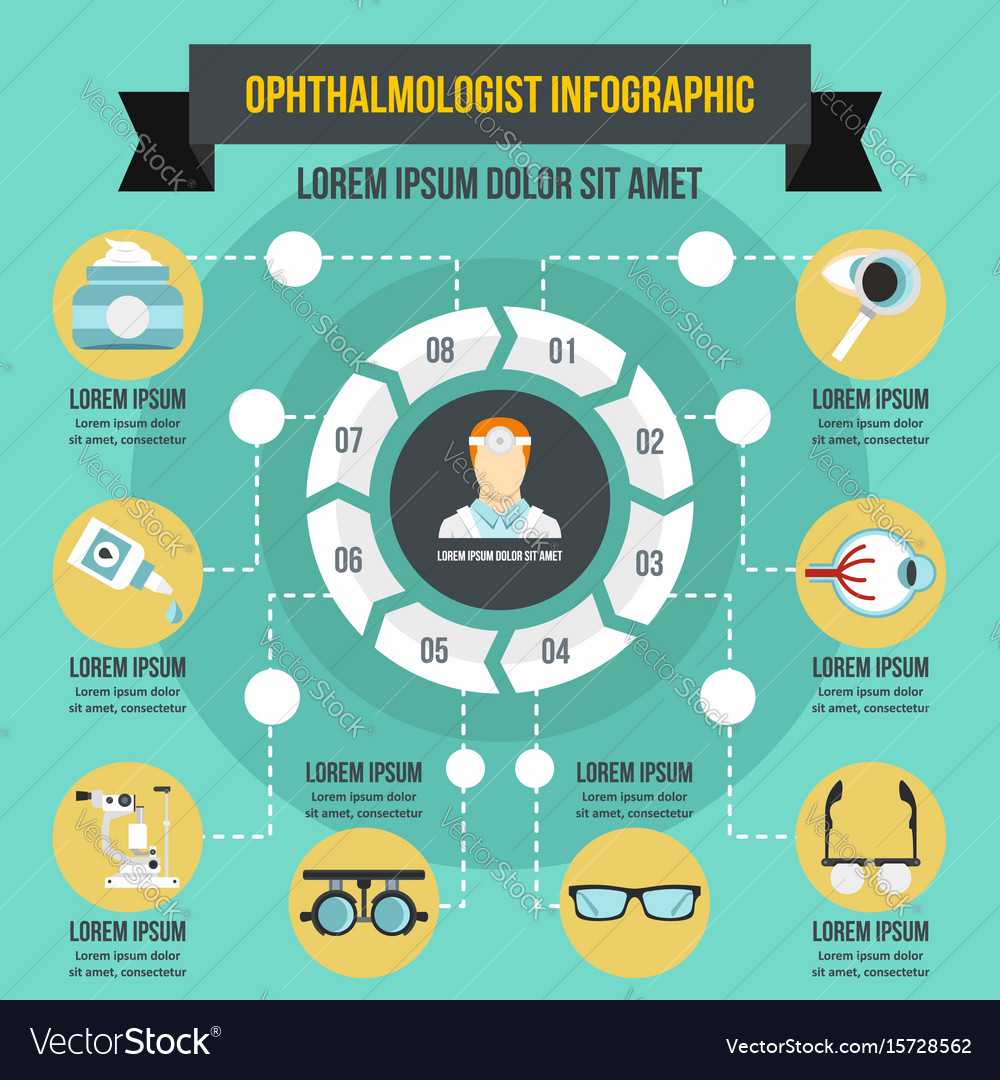Trying To Find Details On Refractive Lens Exchange? Discover Essential Insights And Solutions That Might Transform Your Strategy To Vision Treatment
Trying To Find Details On Refractive Lens Exchange? Discover Essential Insights And Solutions That Might Transform Your Strategy To Vision Treatment
Blog Article
Staff Writer-Hunter Huynh
If you're thinking about refractive lens exchange, you possibly have a great deal of questions. This procedure might change exactly how you see the world, providing benefits like reduced dependence on glasses. Nonetheless, it's important to recognize the process, risks, and that certifies as a good candidate. Let's check out these critical facets so you can make an educated decision regarding whether RLE is right for you.
What Is Refractive Lens Exchange and Exactly How Does It Work?
Refractive lens exchange (RLE) is an operation created to replace your eye's natural lens with a man-made one, dealing with vision problems like nearsightedness, farsightedness, or presbyopia.
Throughout the treatment, your doctor makes a tiny incision in the eye, eliminates your natural lens, and inserts an intraocular lens (IOL) tailored to your vision needs. This outpatient surgery usually takes around 15 to half an hour per eye and is executed under local anesthesia.
You'll likely notice enhancements in your vision practically right away, though full healing may take a few weeks. RLE is especially helpful for those over 40 or with high prescriptions, providing a lasting option contrasted to glasses or call lenses.
Your eye care expert can aid determine if RLE is right for you.
What Are the Advantages and Risks of Refractive Lens Exchange?
Selecting refractive lens exchange can cause substantial enhancements in your vision, yet it is necessary to consider both the benefits and dangers before choosing.
On the bonus side, this treatment can boost your sight by dealing with problems like presbyopia, nearsightedness, and hyperopia. Lots of individuals appreciate lowered dependancy on glasses or call lenses, which can substantially boost their quality of life.
Nevertheless, it's important to take into consideration possible risks. Issues can consist of infection, glare, or halos around lights.
There's likewise a possibility of overcorrection or undercorrection, which might call for added procedures.
Who Is an Ideal Prospect for Refractive Lens Exchange?
If you're thinking about refractive lens exchange, it's important to recognize whether you fit the profile of an excellent prospect. Generally, you might be an excellent candidate if you're over 40, experience presbyopia, or have high levels of nearsightedness or farsightedness.
It's also vital that your vision is stable, suggesting your prescription hasn't changed substantially in the past year. If you have cataracts or various other eye conditions, you could take advantage of this treatment as well.
Nevertheless, certain elements, like uncontrolled diabetes or autoimmune diseases, can disqualify you. To identify your candidateship, consult with an eye treatment specialist who can review your details situation and recommend the very best strategy customized to your needs.
try this web-site
In conclusion, refractive lens exchange can be a transformative option for enhancing your vision, especially if you're over 40 or have a high prescription. While visit the next document are considerable, it's essential to consider the risks and speak with your eye care specialist to identify if you're an optimal candidate. With just click the up coming document and guidance, you can make an informed choice and potentially appreciate a life with minimized dependence on glasses.
